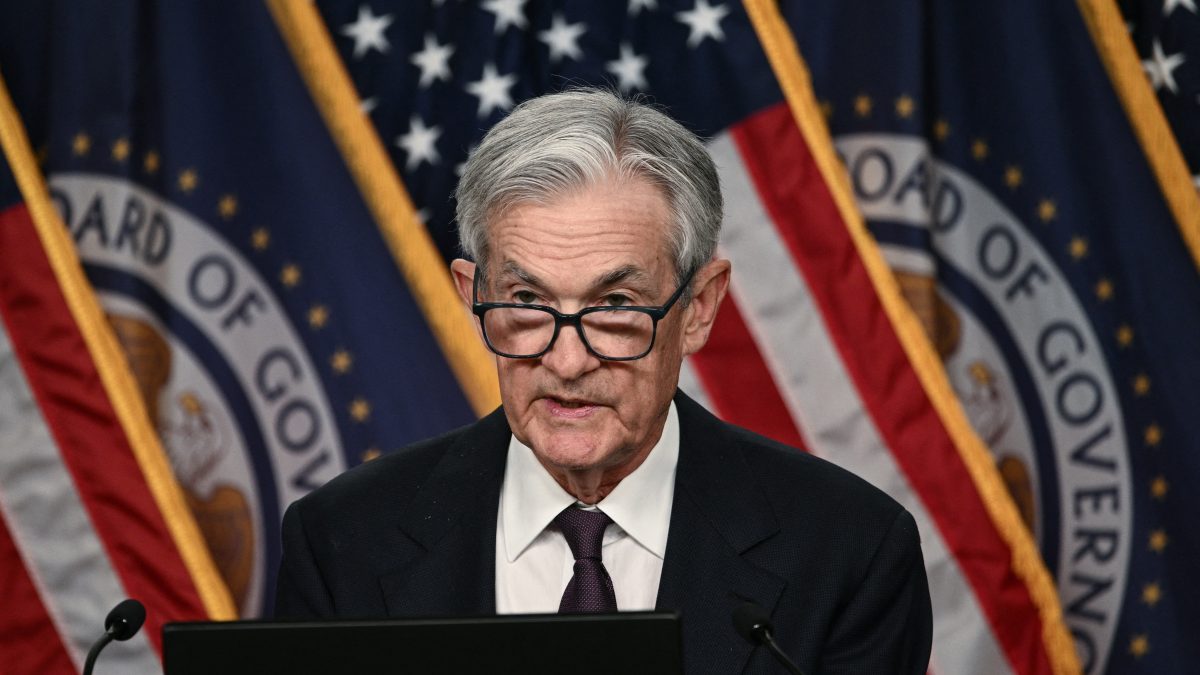The US economy is showing growing signs of an impending recession, according to a US-based financial analyst.
Analyst Jesse Colombo, who previously predicted economic trouble in December, said the downturn was evident long before President Donald Trump’s election victory in November.
His assessment, based on key recession indicators, suggests the economy may have already entered a contraction.
A major warning sign is the Atlanta Federal Reserve’s GDPNow forecasting model, which updates in real-time based on economic data.
Last Thursday (February 27), the model projected a 2.3 per cent annual growth rate for the first quarter of 2025. By Friday, the estimate had dropped to -1.5 per cent, and after additional data on Monday, it plunged further to -2.8 per cent, indicating a recessionary trend.
Consumer spending and housing slump
A sharp decline in consumer spending, which accounts for more than two-thirds of US economic activity, is a primary factor behind the revised forecasts. In January, consumer spending contracted for the first time in nearly two years as inflation concerns led many Americans to cut back.
The downturn in residential investment– spending on new housing and home renovations– also contributed to the worsening outlook. Housing accounts for 15 per cent to 18 per cent of GDP, making it a crucial economic driver.
Recession indicators flashing red
Market indicators are reinforcing concerns of a looming recession. Polymarket, a major prediction market, shows rising odds of an economic downturn in 2025.
One of the most reliable indicators is the 10-year/2-year yield spread, which measures the difference between yields on 10-year and 2-year Treasury notes. When the spread turns negative– creating an inverted yield curve– it historically signals a recession. The spread has remained negative for months.
Another key metric, the New York Fed’s Recession Probability Model, which forecasts the likelihood of a recession within the next 12 months, is also pointing to an economic contraction.
Impact Shorts
More ShortsRate hikes and economic slowdown
Colombo warned that the Federal Reserve’s aggressive interest rate hikes over the past three years are pushing the economy toward recession. The Fed raised rates from near zero to 5.3 per cent, the steepest increase since the early 1980s, before recently cutting them to 4.3 per cent as signs of economic weakness emerged.
Historically, recessions have often followed rate-hike cycles, as higher borrowing costs slow economic activity. Colombo compared the current tightening cycle to the mid-2000s rate hikes that contributed to the housing market collapse and the 2008 financial crisis.
Uncertainty over Trump tariffs
Adding to the economic uncertainty are potential new tariffs proposed by the Trump administration . The president has signaled a tough stance on trade, including tariffs aimed at protecting American industries.
However, economists warn that such measures could further strain economic growth by increasing costs for businesses and consumers.


)

)
)
)
)
)
)
)
)



